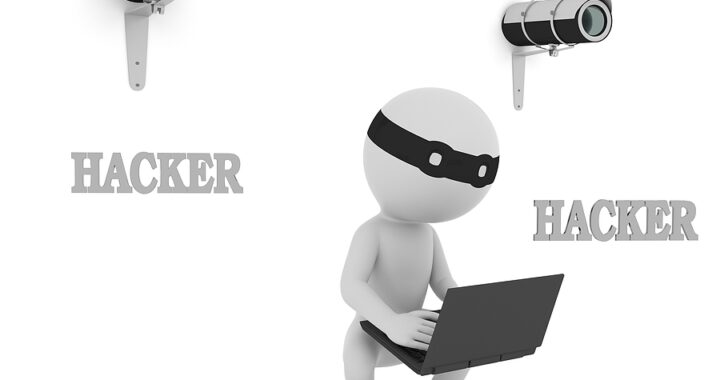Ladies and Gentlemen, welcome to the digital coliseum!
Where, in place of gladiators, we now witness a growing legion of cybercriminals, mastering new tactics and aiming at a new target – us, the everyday netizens.
𝐖𝐡𝐲 𝐭𝐡𝐞 𝐬𝐮𝐫𝐠𝐞 𝐢𝐧 𝐜𝐲𝐛𝐞𝐫𝐜𝐫𝐢𝐦𝐞, 𝐲𝐨𝐮 𝐚𝐬𝐤?
Well, it’s an unfortunate case of supply and demand.
As our lives become increasingly digitized, more valuable data is ripe for the picking.
Your daily online shopping, your midnight Netflix binge, your tweets, your photos, your very identity – all transform into glittering gems in the treasure chest that is your digital footprint.
Cybercriminals, like modern-day pirates, are just following the treasure map.
But here’s the twist – cybercriminals are not just multiplying, they’re evolving.
They’re mastering new attack vectors, finding ingenious ways to infiltrate our lives.
They’re like digital hydras, with each severed head replaced by two more.
Today’s cybercriminal doesn’t need a mask or a gun.
They’ve got phishing emails, ransomware, botnets, and countless other weapons in their arsenal.
𝐓𝐡𝐞 𝐭𝐚𝐫𝐠𝐞𝐭𝐬?
We’re all in the crosshairs.
Small businesses, corporations, non-profits, and yes, individuals like you and me.
No one is immune to the insidious reach of cybercrime.
In fact, it’s the ordinary people who often bear the brunt.
It’s your grandmother receiving a fraudulent email, your friend unknowingly downloading malware, your child interacting with a stranger online.
So, the next time you log in, remember that in this digital coliseum, we’re not just spectators; we’re all potential combatants.
We must arm ourselves with knowledge, fortify our defences, and stay vigilant.
Only then can we navigate the digital world with confidence, secure in the knowledge that we’re not easy prey for the ever-growing, ever-evolving legion of cyber hydras.








